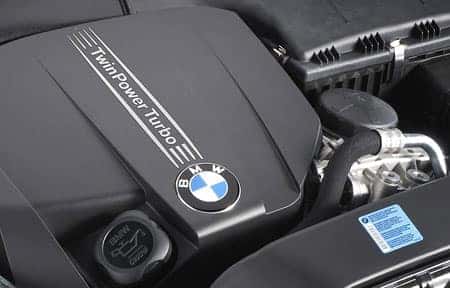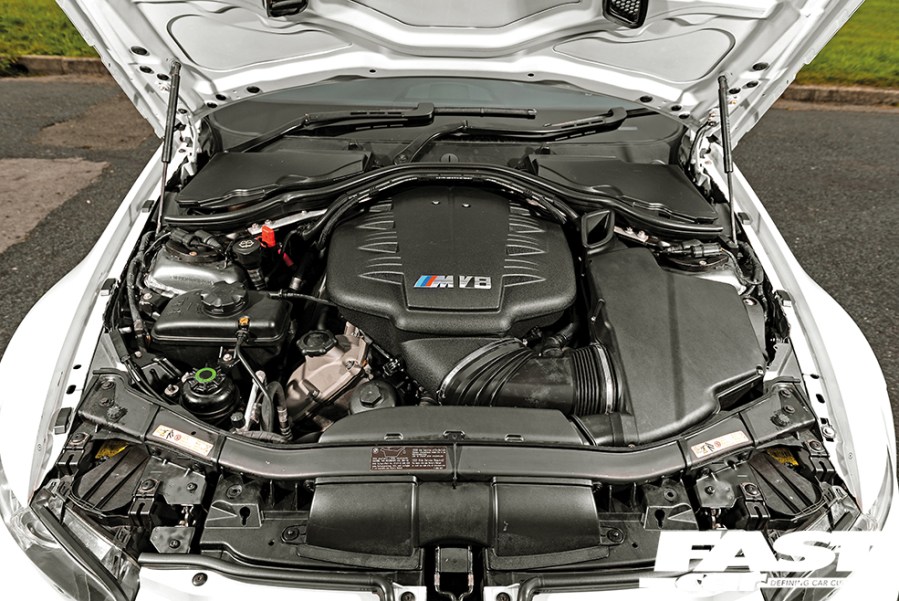Checking Out the Advancement of Burning Engines in Modern Transport Equipments
As we navigate the landscape of modern transport, the development of combustion engines stands as a testament to human resourcefulness and design prowess. The interaction of background, innovation, and environmental problems in shaping the trajectory of combustion engines develops a narrative that is both compelling and informative.
Early Beginnings of Combustion Engines
Exactly how did the concept of burning engines very first emerge in the very early stages of transport advancement? The origins of burning engines can be traced back to the 17th century when the concepts of interior burning were very first explored. In 1673, Christian Huygens conceived a basic inner combustion engine that made use of gunpowder to generate power. It wasn't up until the late 19th century that sensible applications of combustion engines in transport began to emerge.
The development minute came with the creation of the initial successful gasoline-powered engine by Karl Benz in 1885 - bmw engine. This engine led the means for the development of the contemporary car, revolutionizing transportation systems worldwide. Succeeding innovations by Nikolaus Otto and Gottlieb Daimler even more fine-tuned burning engine technology, resulting in the mass manufacturing of autos and the rapid growth of the transport sector
These early combustion engines were defined by their simplicity and effectiveness, laying the foundation for the complicated and powerful engines utilized in contemporary transportation systems. The development of combustion engines has contributed fit the method we travel and transfer products, marking a substantial landmark in the background of transport advancement.
Change to Internal Combustion Technology
The transition to internal burning innovation noted an essential shift in the evolution of transport systems. This change began in the late 19th century, with creators like Nikolaus Otto and Gottlieb Daimler developing the first successful inner combustion engines. These engines transformed transportation by supplying a much more effective and efficient alternative to vapor engines and electric motors.
One of the key benefits of interior combustion engines was their capacity to be scaled down to fit into automobiles, resulting in the development of cars and motorcycles. This shift from cumbersome, stationary engines to portable, mobile ones paved the means for the contemporary transport systems we see today.
The shift to inner combustion modern technology likewise stimulated improvements in gas innovation, leading to the advancement of gasoline and diesel as main gas sources for lorries. This shift not just made transport much more obtainable to the masses however additionally laid the structure for the oil and gas sector to end up being integral to worldwide economic climates.
Influence of Combustion Engines on Transportation
The adoption of burning engines in transportation systems militarized an extensive shift in the efficiency and speed of worldwide wheelchair. Combustion engines reinvented transport by offering a functional and dependable source of power for numerous automobiles, consisting of vehicles, vehicles, aircrafts, and ships. This innovation considerably improved the capability for individuals and items to relocate over fars away in much shorter timespan, leading to enhanced connection in between areas and countries.
In addition, the prevalent usage of burning engines has actually had a substantial effect on financial growth. The capacity to move items successfully has actually stimulated trade and commerce, allowing organizations to increase their markets and get to consumers worldwide. This has facilitated economic development and globalization, as items can now be carried quicker and in larger amounts than ever in the past.
Nonetheless, the environmental impact of combustion engines can not be forgotten. The burning of fossil gas has led to air contamination and greenhouse gas discharges, contributing to climate adjustment and presenting health and wellness risks to populaces. bmw engine. As an outcome, there is a growing focus on establishing alternative propulsion technologies to minimize these unfavorable effects and develop a much more lasting future for transport
Developments in Burning Engine Style
Numerous innovations in combustion engine design have actually moved the evolution of transport systems over the decades. One significant development is the growth of turbocharged engines, which utilize exhaust gases to drive a turbine that compresses inbound air, enabling for even more fuel to be burned, leading to raised power outcome without a substantial boost in engine dimension. Furthermore, why not check here straight injection modern technology has boosted fuel effectiveness and efficiency by precisely regulating the amount and timing of fuel infused into the combustion chamber. Variable shutoff timing systems have likewise changed engine design by enhancing air movement at different engine rates, boosting both power and efficiency. One more substantial advancement is the combination of light-weight materials such as carbon fiber and aluminum alloys, minimizing total engine weight and improving car gas economic situation. Developments in computer-aided design have actually allowed designers to maximize engine efficiency and performance through simulations before physical prototypes are built, saving time and resources in the development process. These developments collectively add to the constant enhancement of combustion engines in modern transportation systems.
Future Fads in Burning Engine Growth
With modern technology improvements driving constant innovation, the future of burning engine advancement is poised to change transport systems worldwide. Among the crucial patterns in burning engine advancement is the push in the direction of higher efficiency and lowered discharges. Manufacturers are spending heavily in study and advancement to enhance engine efficiency while meeting rigorous environmental laws. This includes the assimilation of sophisticated gas injection systems, boosted turbocharging techniques, and making use of light-weight materials to enhance fuel usage and reduce carbon discharges.
One more noticeable trend is the fostering of crossbreed technologies in combustion engines. Crossbreed engines combine conventional burning modern technology with electric power, using boosted fuel efficiency and reduced exhausts. As the automotive market changes in the direction of electrification, crossbreed burning engines are seen as a transitional service that connects the void in between standard vehicles and completely electrical ones.
In addition, the assimilation of smart technologies, such as expert system and information analytics, is anticipated to play a substantial more information duty in the future of combustion engine development. These technologies can optimize engine performance in real-time, causing a lot more reliable burning processes and enhanced overall car performance. Accepting these future patterns will not only drive development in combustion engine development but also contribute to a more eco pleasant and sustainable transportation community.

Final Thought
In final thought, the development of combustion engines in modern transport systems has been marked by substantial innovations in innovation and style. From the early starts of combustion engines to the transition to inner combustion technology, these engines have actually had a profound impact on transport.
The roots of combustion engines can be mapped back to the 17th century when the web link principles of inner combustion were first discovered. These engines reinvented transportation by supplying a much more powerful and reliable option to steam engines and electric motors.
